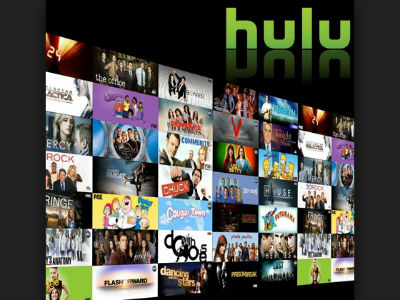INTX 2015: Hulu Cozies Up to Cable

Chicago -- Hulu’s recently announced partnerships with a handful of MVPDs isn’t just about getting the OTT service on the set-top box, but also centers on deeper business relationships that aim to increase Hulu’s subscriber base while also giving cable operators a new source of recurring revenue.
Hulu reached out to the pay TV universe about potential partnerships about a year ago as Hulu sought new ways to expand its core subscription service, Tim Connolly, Hulu’s head of distribution and partnerships, said here on a panel focused on online video strategies.
Key to that was to show the MVPDs that Hulu and its deep catalog of TV shows offered a valuable, friendly complement to traditional pay TV services. That message has apparently been resonating. Following an initial agreement with Cablevision Systems, Hulu announced similar distribution pacts this week with five other MVPDs -- Armstrong, Atlantic Broadband, Mediacom Communications, Midcontinent Communications and WideOpenWest (WOW!)
Connolly said the focus of those agreements is to bring Hulu to the set-top box and offer a “holistic" environment that ties Hulu’s content together with cable operator’s on a unified interface.
While that could help cable operators keep eyeballs on their platform, Hulu's MSO partners will also get a share of Hulu's subscription revenue, Connolly said.
While Hulu looks to amplify MVPD offerings, Sling TV is taking a different approach with OTT, delivering skinnier bundles tailored for cord-cutters and cord-nevers, starting with a core package that sells for $20 per month, alongside optional add-on packages.
The decision to develop the service was made more than five years ago as it became apparent that the traditional TV market would reach a saturation point and decline, due partly to costs. “We needed a different model” to reach a different demographic, Roger Lynch, Sling TV’s CEO said.
Multichannel Newsletter
The smarter way to stay on top of the multichannel video marketplace. Sign up below.
“The $20 price point was really critical to us,” Lynch added, noting that hitting it was “the most challenging thing for us to do.”
Lynch said it would’ve been easier to replicate the big bundle and deliver it over the Internet, “but we would’ve completely missed the market we were going after.”
Lynch and Connolly also addressed churn, a huge challenge faced by all OTT video service providers. Both agreed that a big focus is to get customers to stay on the service for at least three months. After that period, churn rates tend to fall significantly.
Sling TV is trying to hit that number through device bundles that offer a free or discounted Roku and Amazon streaming devices when customers agree to commit to the service for three months.
But other subscribers can join or leave the service on a month-to-month basis. “We don’t necessarily view that activity as churn” in the traditional sense, Lynch said, noting that acquisition costs for OTT are far less than what a traditional MVPDs.
He also said he expects consumers to be drawn to the Sling TV during big sporting events. “The challenge there for us is to make it [the service] interesting to them year-round.”
As for new players looking to launch OTT services, they should be careful not to simply go about it by dipping their toe in the water and experiment with a “half-baked solution,” given the state of today’s competitive online video marketplace, Braxton Jarratt, CEO and co-founder of Clearleap, said. “That era was four-to-six years ago.”
Clearleap teamed up with HBO Nordic, which is battling with Netflix, to help the OTT service essentially rebuild its architecture. That service relaunched about more than a month ago, and the improvements to the quality of the underlying service have already resulted in improved churn and better daily sales, he said.
